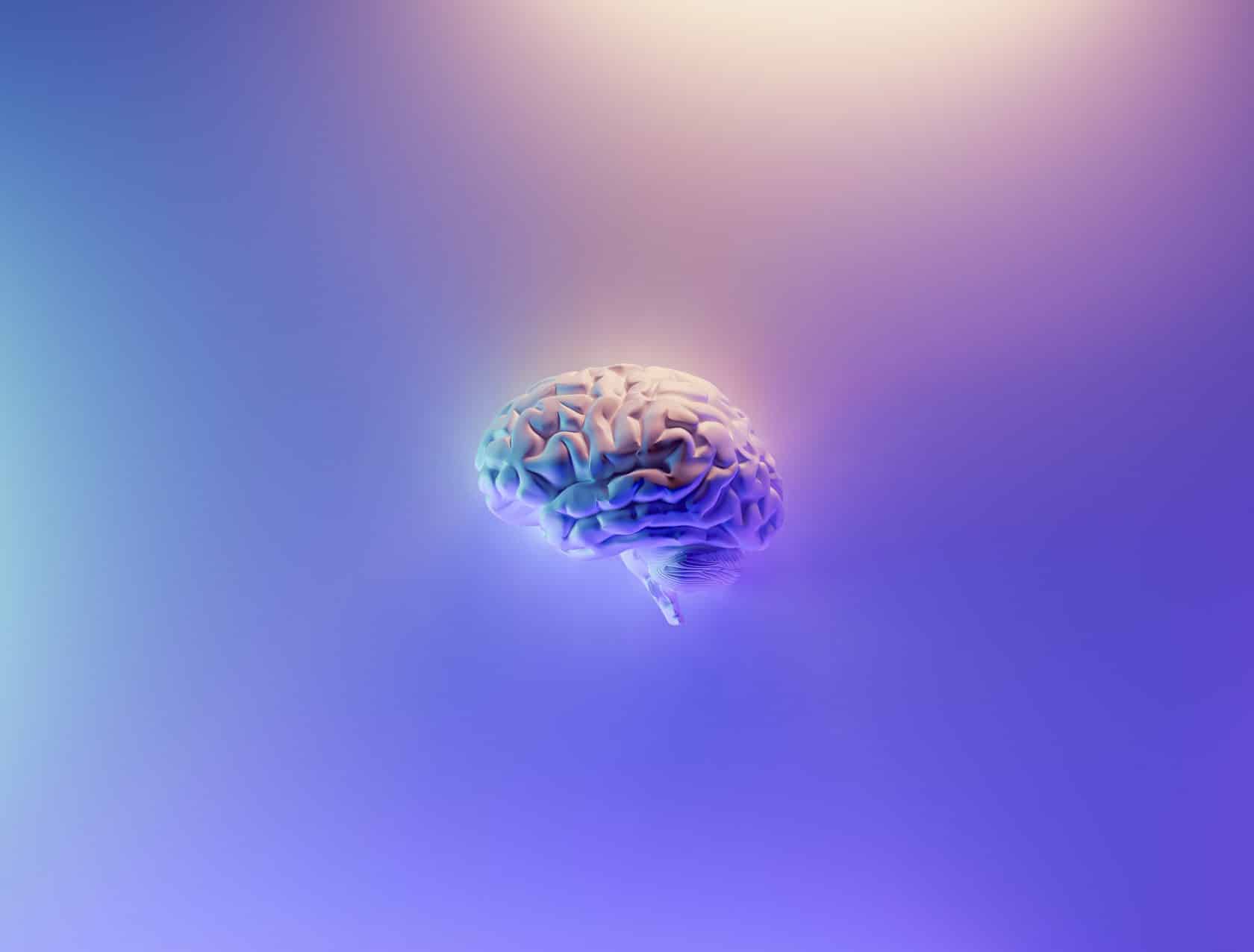Computed Axial Tomography is a valuable tool for diagnosing and monitoring various medical conditions, including those that affect the brain and nervous system. Here are some examples of how CAT scans are used:
- Detecting abnormalities: CAT scans can reveal structural abnormalities in the brain, such as tumors, cysts, or malformations.
- Monitoring progression: Regular CAT scans can help doctors track the progression of certain conditions over time, allowing for adjustments in treatment plans as needed.
- Guiding interventions: The detailed images provided by CAT scans can help guide surgical procedures or other targeted interventions.
| Condition |
How CAT Scans Help |
| Autism |
Identify brain abnormalities |
| Epilepsy |
Detect seizure-causing lesions |
| Hydrocephalus |
Monitor fluid buildup in the brain |
By providing a non-invasive way to visualize the brain and other internal structures, CAT scans have become an essential tool in the diagnosis and management of neurodevelopmental disorders and other medical conditions affecting children.
This post was originally published on Sept. 15, 2023. It was updated on May 1, 2024.















